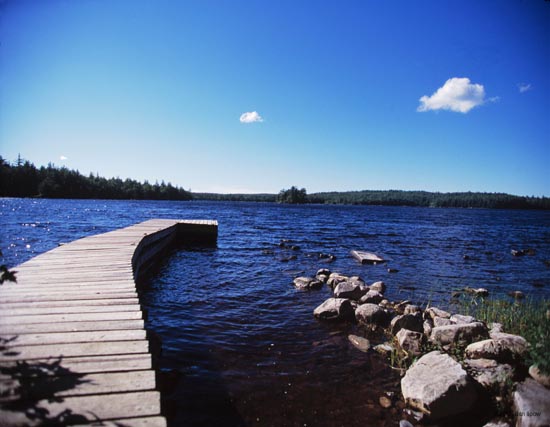How to take better vacation photos

Image stabilization, automated scene modes, and face, smile, or blink detection can only take you so far. To get the best photos, you need to know when and how to use all those fancy features of your digital camera, and you need to know a thing or two about composition and light. In a recent post on his New York Times Gadgetwise blog, Rik Fairlie shared 13 great tips for shooting better vacation photos. [Full disclosure: the photographer he interviewed for the Q&A is my husband, Dan Lipow, who teaches digital photography classes in exotic locales.] Here are a few tips that I found most useful:
How to make photos of landscapes more interesting
Change your perspective by getting very low or as high as you can. Most people don’t go that far: they stand there, frame the photo and click. Instead, try climbing up on a wall or getting down on the ground.
Also, look for ways to add perspective, include a foreground element — a tree or a bush — that is not in focus. If you have something that is on the edge of the image, it helps to frame what you’re looking at. This will help you get a more interesting shot.
How to take the best sunset shot Underexpose it a lot. That will help you capture the incredible reds, rich oranges and yellows. I use the manual mode to underexpose, usually about two to four stops. The exposure compensation features on most cameras have only three stops, and some have only two stops. Manual mode provides the best way to reduce the light level.
How to get better photos in the bright mid-day sun First, you can utilize your camera’s ability for exposure compensation. If you underexpose a very bright scene, by one-third or two-thirds of a stop, that adds richness to it. I also set my camera’s white balance to a cloudy setting or an open shade setting. These settings will help warm up the image, and that can add a lot more dimension to the photo.
Another thing, in planning your trip you should remember that there are places that are better or worse to be, depending on the time of day. If you are in a European city and want to go to the old quarter, which may be a warren of little alleyways, midday is a good time to be there. But if you’re next to an open area, a riverfront for instance, in the middle of a bright day, the afternoon is a bad time to be there. Go to river late in the day, and visit the old town in the middle of the day. It will be cooler there then, and the light will be right.
[Via The New York Times Gadgetwise Blog]
